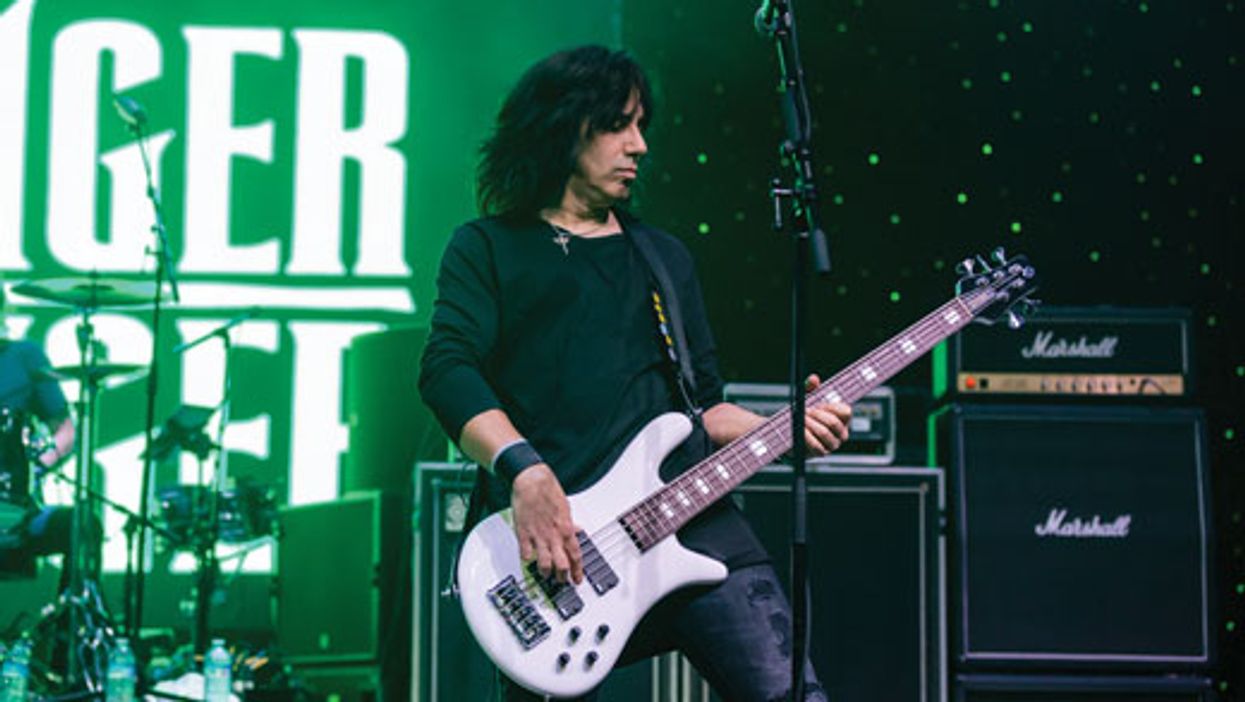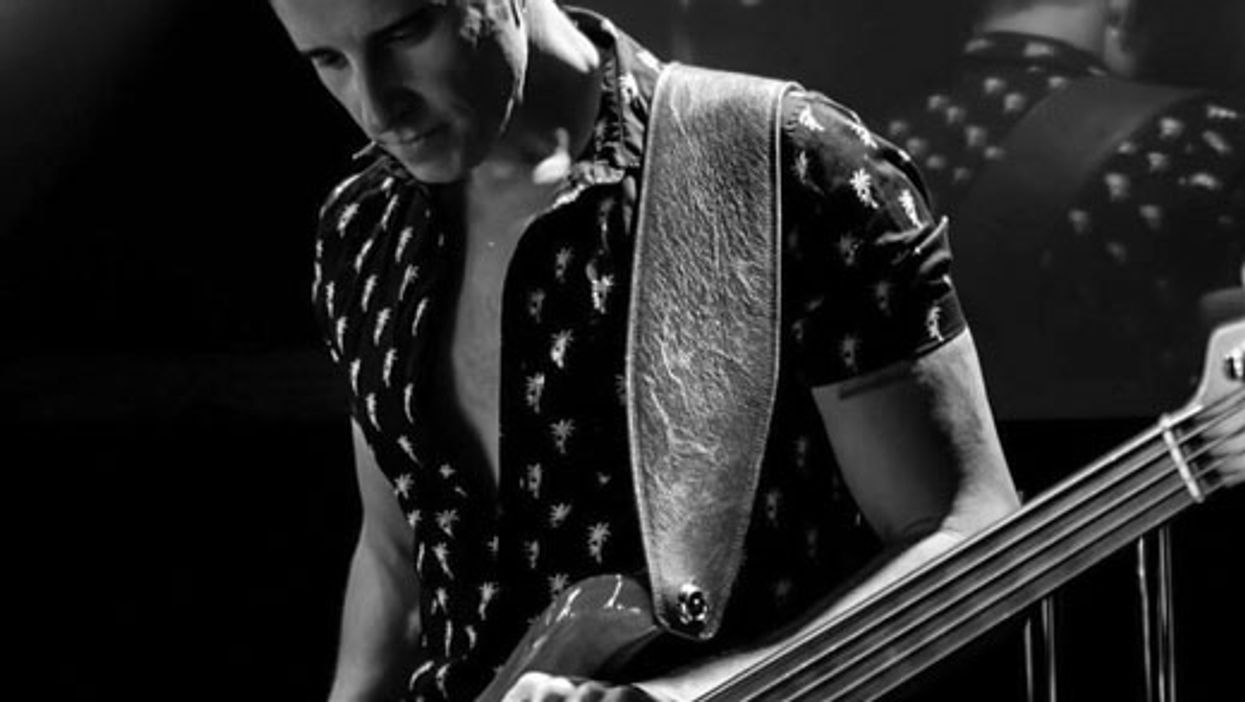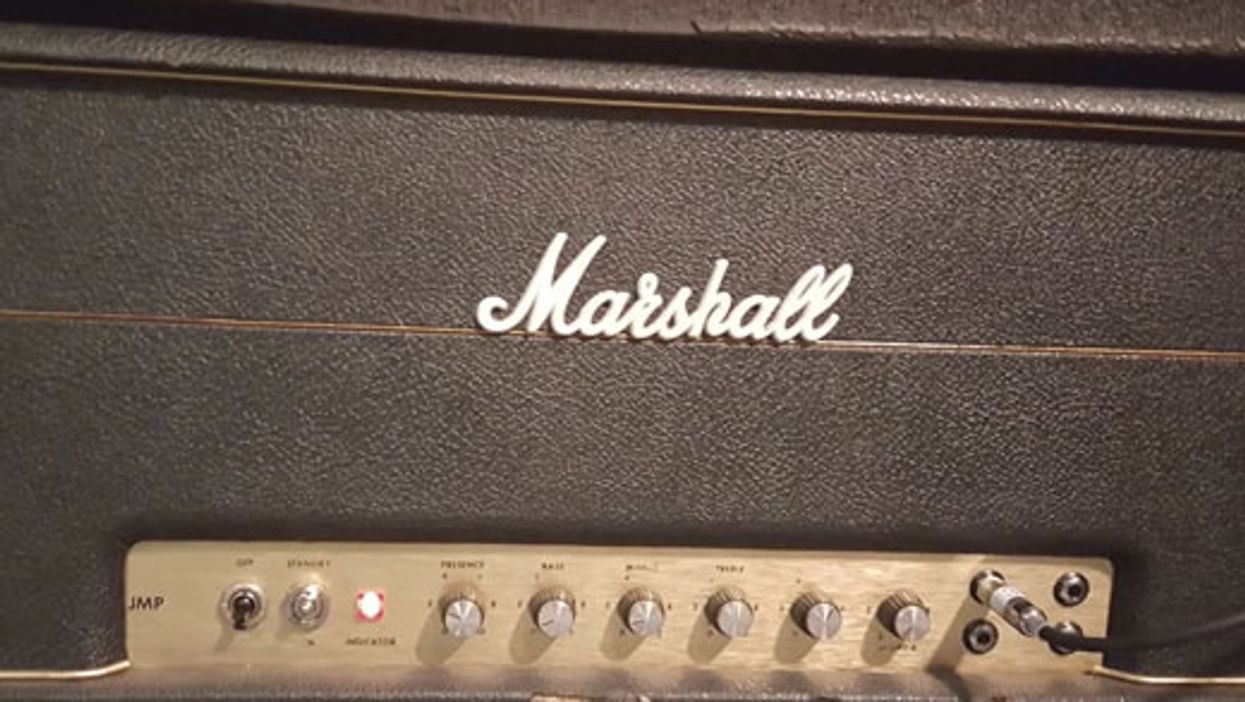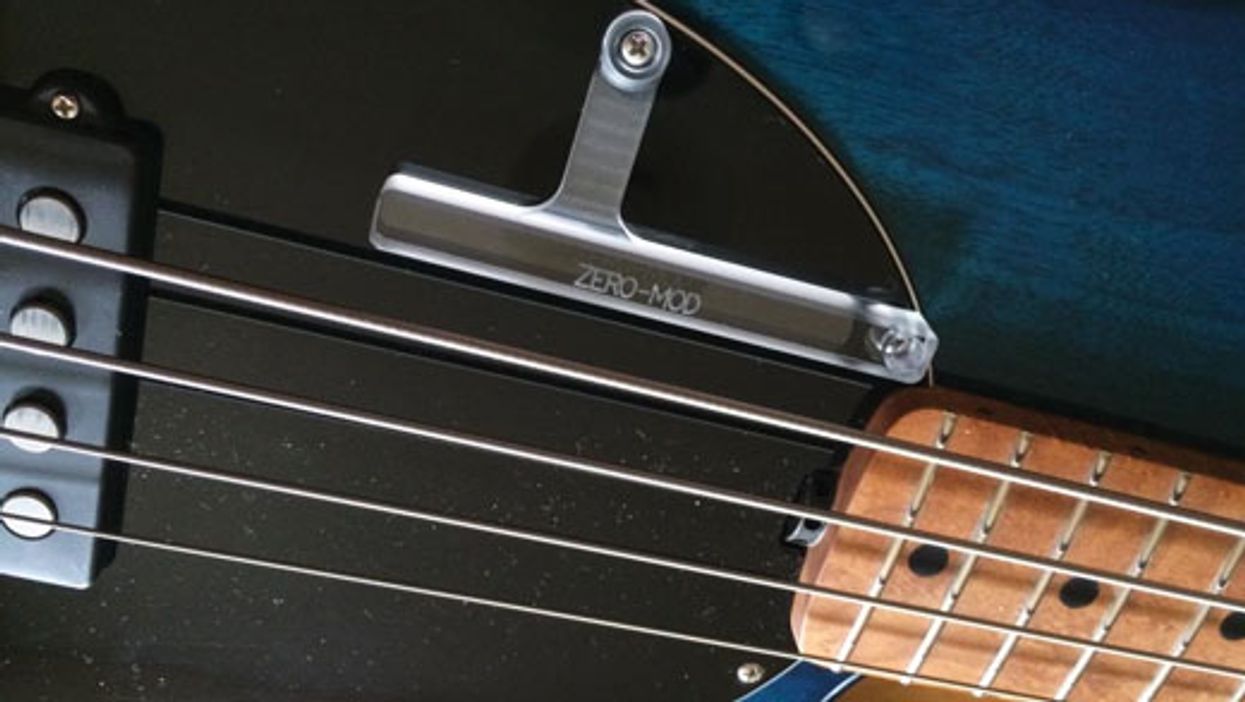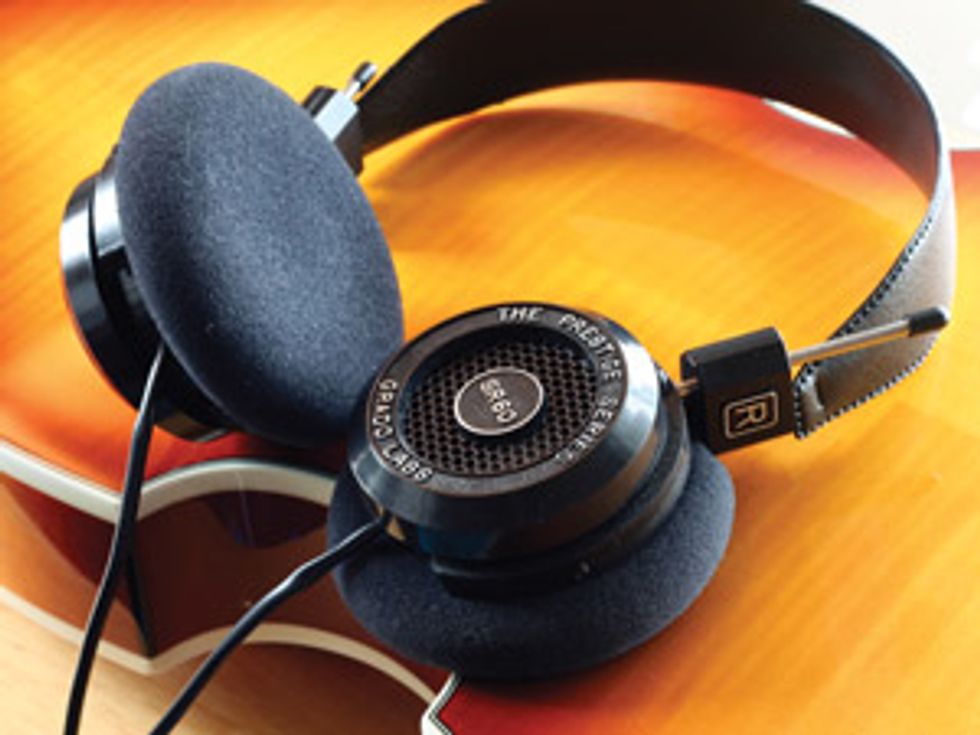
Want to cut a great bass track in the studio? Bring your own headphones—ones you always use that provide a comfortable fit and consistent sound. Photo by Andy Ellis
As bassists, the fate of where our beloved lines land in the mix depends on a number of things. Over the years, I’ve been able to eliminate most of the concerns I used to carry around with me—concerns I’d have from the second the session ended until I heard the final record weeks or months later. I hope these tips can help you avoid those periods of anxiety and be useful to you on your quest for studio bliss.
Know Your Gear
Whatever you do, don’t ever experiment the
day of the session. Trying out a new direct
box (DI), amp, compressor, or effect 30 minutes
before the start of a session is a recipe for
disaster. If you have a new piece of gear you’re
itching to use, try to get into the studio the
evening before the session and test it out.
Studio Cans (aka Headphones)
I suggest always bringing your own headphones
to a session because they’re all different.
Some provide superior isolation and
some allow for a good bit of bleed from the
drums if you are in the same tracking room.
Whatever studio I’m in, I use the same set
of cans every day. I know what my bass is
supposed to sound like in my cans, and
that’s an invaluable advantage. If your bass
doesn’t sound right in your headphones,
you won’t be as comfortable and it could
affect your performance. I’ve learned that if
my bass sounds great in my cans, it probably
sounds great in the control room, too.
Communicate with the
Tracking Engineer
On the day of the session, the tracking engineer
is your best friend. Working together
is key because you are both there to achieve
the exact same goal—a great track. As soon
as the engineer is finished getting the drum
sounds, be in your chair ready to go. This
buys you a little more time with the engineer.
You’ll be further ahead of the game by
being ready to get to work as soon as possible,
rather than wasting time on your phone
or sitting around the studio lounge.
Let the engineer know if you’re using a compressor. Typically, I let the engineers do their thing and won’t compress on my end because they’ll often have a compressor they love and use every day. As soon as I get my sound up and the engineer says we’re good, I’ll ask him to record about 30 seconds of me playing. Then I’ll come into the control room and listen to my playback to make sure we’re on the same page. This takes very little time and I’ve never met a tracking engineer who doesn’t want to make the musicians happy. By working together with the occasional give-and-take, you’ll both be satisfied.
Tone
No doubt, tone is one of the greatest weapons
in your arsenal and one of the elements that
keeps the phone ringing. Just don’t make
things too complicated. Before I had the luxury
of more time to tinker with different bass
sounds in the studio (such as different amp
and DI combinations), I spent most of my
time playing on song demos in Nashville. You
have to get your bass sound up quickly and
it has to sound good. I always made getting
a great DI sound my priority because it will
always record well. I truly believe that getting
the tone you want lies in your fingers and the
feel you play with, and that the DI or amp is
just the delivery device. Use a good, simple
DI (or amp if you choose) that won’t get in
the way of what is coming from your hands.
Make sure your bass is speaking well. I usually keep my action a little on the high side, just to eliminate any fret buzz and make sure all the notes translate well on the track. But don’t go jacking your saddles up to the ceiling because I said so. Be comfortable— if your bass is playing clean and it feels good with lower action, then it’s right. Every player and every bass is different.
Also, oddly enough, I never track with new strings. They always record brighter than I like, and they make my bass sit differently in the mix. If I need to put new strings on a bass I plan on using for a session, I’ll do it when I have at least a couple of hours the night before to really play and stretch them out. Otherwise, in my opinion, they won’t tune and intonate correctly. That said, never change flatwounds … never! Well-loved flatwounds deliver a classic sound you can’t get any other way.
Quality Control
It didn’t take me long to realize that nobody
is going to care about my bass track as much
as I do. When the track ends and the last
note is struck, I never assume or take for
granted that it’s right, no matter how good
I feel about it. Once the track is cut and
all the other musicians head to the control
room to listen to it, I stay in my chair and
listen through my headphones instead. I
know it may sound kind of antisocial, but
it has proven to be the best way for me to
scope out my part and make sure it’s right.
Let me explain. When I listen down to the track in my headphones, I can hear my part clearly and am able to make sure the feel is great with the drums. Plus, I can decide if the part worked right for the song. Depending on the control room’s playback mix, it can be difficult to really hear all the intricate pieces of your bass line. Remember, all the other musicians are trying to scope their parts as well. Trying to hear your part through all the drums and guitars on a playback mix can be challenging. This little trick lets me make sure nothing slips through the cracks. I don’t want any surprises when I hear the final product! There is no better feeling for a musician than hearing a finished, mixed track and knowing you nailed your part. Remember, what you play on a track is there forever.
I hope these tips will prove to be helpful. Being in the studio is a never-ending learning experience. Be on your game by showing up with a great attitude, gear that you know sounds good, and check your ego at the door. You should also be willing to try different things. Whoever called you for the session— be it the producer, artist, songwriter, or fellow musician—hired you to make them happy. That is your main gig. As a producer as well, I can tell you that all of these things really do matter. Happy tracking!











